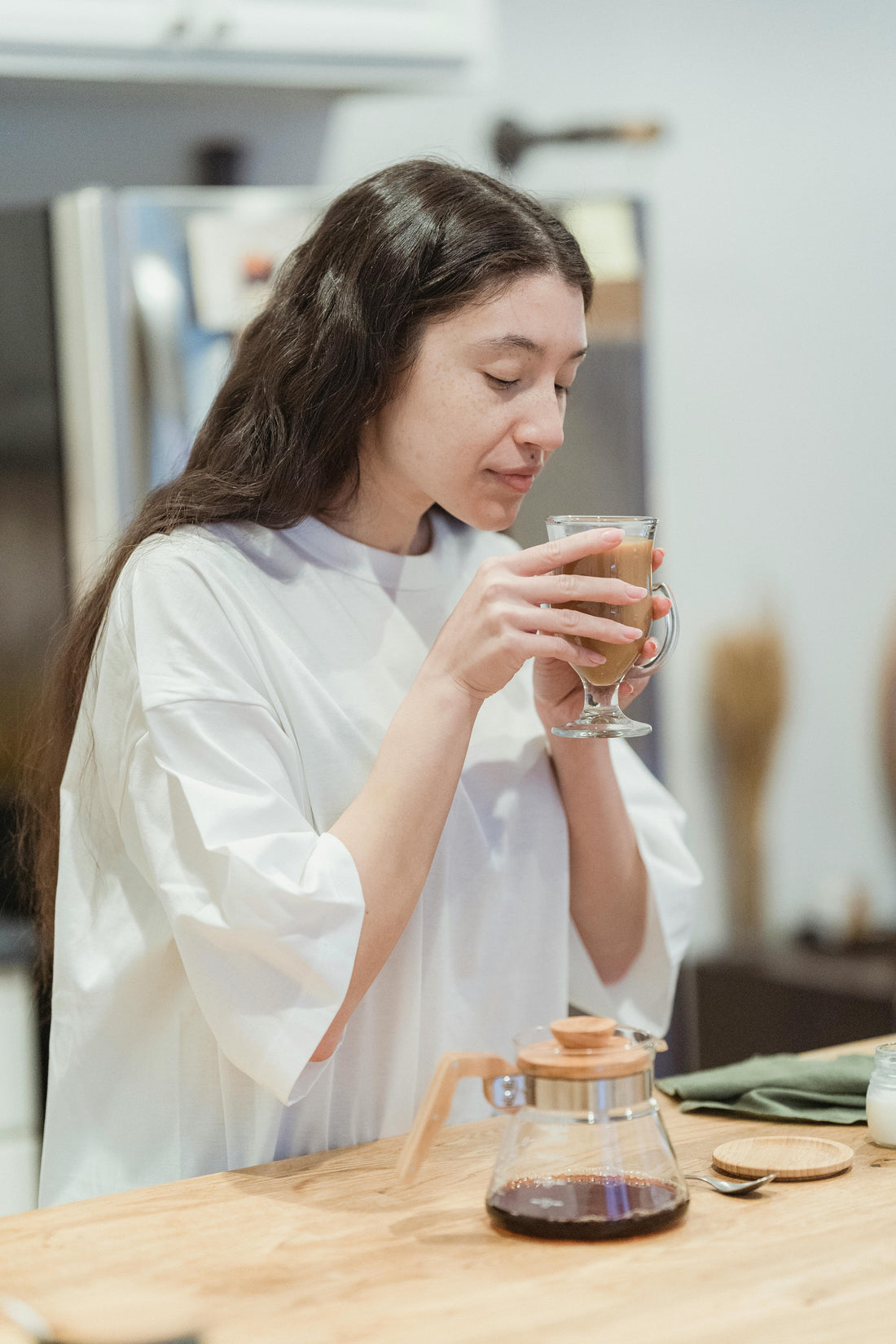
The Science of Scent: How Aroma Shapes Your Taste (And Why Your Coffee Experience Starts Before the First Sip)
Share
The moment coffee starts brewing, something happens. It’s not just about caffeine, not even the taste itself—it’s the scent. That first inhale of rich, roasted aroma is enough to shift your mood, wake up your senses, and make you crave the first sip before it even touches your lips. But why?
The way we experience flavor is more complex than just sweet, salty, sour, bitter, and umami. Sure, the tongue picks up those basic tastes, but what really makes coffee (or any food, for that matter) interesting is its scent. Most of what we think of as "taste" is actually smell. Ever tried drinking coffee while holding your nose? It’s flat, lifeless. The reason is something called retronasal olfaction—when aroma compounds travel from the back of your mouth up to your nose, creating layers of flavor beyond what your tongue can detect.
This is why coffee is such a sensory powerhouse. That deep, roasted fragrance? It’s thanks to hundreds of aromatic compounds that form during roasting. One of the most important is caffeol, which develops when beans hit around 200°C. It’s what gives coffee that unmistakable smell—warm, slightly sweet, complex, and addictive.
Why Smell Changes the Way We Taste
Neuroscientists have been diving into the connection between smell and flavor for years, and there’s even a field dedicated to it: neurogastronomy. This science explains why we experience food emotionally and why certain scents trigger memories more than others. That’s why the smell of freshly brewed coffee can take you back to childhood mornings in your grandparents' kitchen or remind you of a café from a long-forgotten vacation.
And it’s not just nostalgia. Smell is directly linked to the brain’s limbic system, which processes emotions. When something smells good, we associate it with pleasure, anticipation, and even comfort. Ever notice how a bad mood can shift just by smelling coffee? That’s not just in your head—well, actually, it is, but it’s science.
Making Your Coffee Experience More Aromatic
If you’re just drinking coffee without really engaging with its scent, you’re missing half the experience. Here’s how to maximize the aromas:
- Grind fresh – Once coffee is ground, those complex aroma compounds start fading fast. Pre-ground coffee loses its intensity quickly, so grinding fresh right before brewing keeps the fragrance alive.
- Store it right – Air, light, and moisture kill aromas. Keep coffee in an airtight container, away from direct sunlight.
- Use the right water temperature – Brewing between 195°F and 205°F extracts the best balance of flavors and aromas. Too hot, and you get bitterness; too cool, and the coffee tastes flat.
- Smell first, sip later – Before taking a sip, give the cup a swirl and take a deep breath. This preps your brain for the full flavor experience.
And if you really want to geek out over scent, try blind-smelling different types of coffee. Take two different roasts, close your eyes, and focus only on the smell. You’ll start to notice differences you might not have picked up otherwise—nutty, chocolatey, floral, spicy. Some coffees even carry hints of vanilla or caramel, while others lean into deep cocoa or citrus notes. And then there are those unexpected ones—the ones that smell almost too good, the kind you can still catch a whiff of long after you’ve finished the cup.
Scent Isn’t Just for Coffee—It’s How We Experience Food
The coffee world is obsessed with aroma, but this principle applies to everything we eat. Think about how temperature affects scent—warm foods release more volatile aroma compounds, making them taste more intense. This is why a hot slice of pizza smells incredible, but a cold one just smells… meh.
Even more interesting? Certain scents can trick your brain into thinking food tastes different. Studies have shown that smelling vanilla before eating something can make it seem sweeter. Citrus scents make people perceive food as fresher. This is why the environment matters—your coffee tastes different depending on whether you drink it in a cozy café, outdoors on a crisp morning, or at your desk while answering emails.
Some people even take this a step further, curating their coffee experience by pairing different scents with their brew. A little cinnamon sprinkled nearby, a fresh vanilla bean resting in the sugar jar—these tiny details elevate the ritual. And for those who like their coffee to be the scent, there are always options. Some beans seem to carry dessert-like aromas, so rich and indulgent they almost don’t need anything extra. Almost.
Your Nose Knows More Than You Think
A strong sense of smell isn’t just about enjoying coffee or food—it can actually improve your well-being. The practice of “smell-walking” is becoming popular in mindfulness circles, where people intentionally notice scents in their surroundings to feel more present. Smell fresh-cut grass, notice the scent of rain on pavement, take in the complex aromas of different foods. It sharpens your senses, makes flavors more vivid, and helps you slow down in a fast-moving world.
And maybe that’s why coffee is so deeply tied to routine. It’s not just about the caffeine. It’s the process, the anticipation, the moment when scent takes over and tells your brain, this is going to be good. Whether it’s dark and bold, light and floral, or carrying an unexpected note that makes you pause and take another breath before you sip—it all starts with the aroma.
